What are all those different meat thermometers, and how do you use them?
I’m sure you’ve seen it. You’re cooking with somebody who claims they can tell when their meat is cooked to the right temperature by “poking” it.
I’ll just be honest. Unless this person is a professional chef, he or she is almost certainly full of it.
There are very few times when you can get close to telling the temperature of the meat by feel, and even in those cases, it can take years of cooking (and mistakes) to really know for sure what you're doing.
Why risk it? These days there are a huge range of easy-to-use thermometers to make sure you hit the right temperature every single time.
When cooking meats, temperature is one of the most important factors. Obviously, you don’t want to undercook meats for health reasons, but also if you overcook meats they can quickly dry out and your meal won't be good as it could’ve been.
But which thermometer should you use, and how should you use it? Well, let’s dig in and see our options.
Instant-Read Thermometers
There is a huge range of thermometers that fall into the category of quick-read thermometers. Essentially, you poke the thermometer into the meat and it will give you a temperature (some are more "instant" than others).
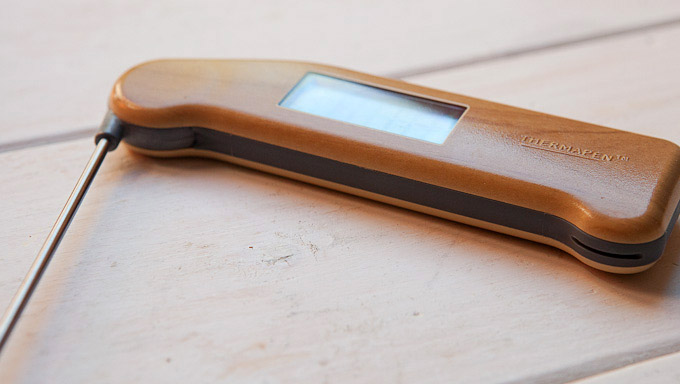
I like to use these thermometers for a quick reading on fast-cooking items. Things like pork loin, steaks, and even hamburgers are great items to test with an instant-read thermometer.
If your meat has a bone in it, be sure to avoid the bone as it will give you a false reading. Also, even though they're labeled “instant”, give them 30 seconds or so to get a true reading.
Don’t worry too much about the myth that your meat will dry out if you poke it with a thermometer. While it might lose a little liquid, cooking your meat to the correct doneness is much more important.
Probe Thermometers
Probe thermometers are a slightly different beast than the instant-read ones, and I use them completely differently. These thermometers are kind of bulky and are meant to be left in the meat for the entire cooking time.
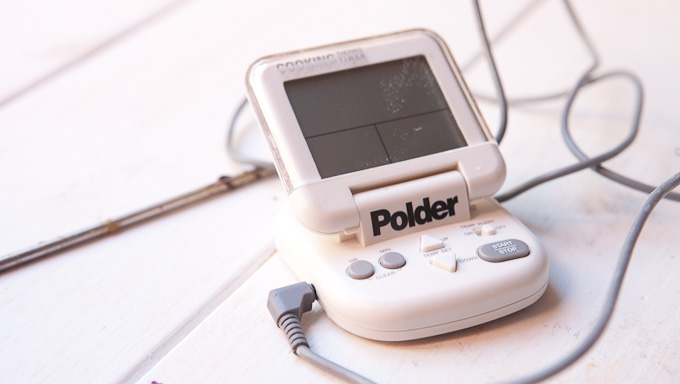
You just slide the probe part into a thick portion of the meat (again, avoiding bones) and leave the probe in the entire time the meat grills or roasts. The temperature reading displays right on the digital screen.
Most probe thermometers even have temperature alarms so you can set it to exactly the temperature you want and forget it until the alarm goes off.
Probe thermometers are perfect for large cuts of meat. I use mine any time I’m making a turkey, chicken, or pork butt. With these larger cuts, it’s impossible to tell what the temperature is by feel, so just use a thermometer.
Oven Thermometers
The oven thermometer isn’t exactly a meat thermometer, but it’s a very important tool when cooking meat.
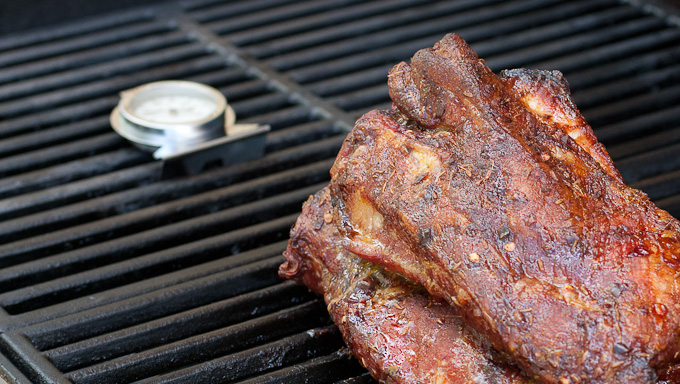
I recommend setting one in your oven or on your grill grates to make sure you're cooking the meat at the right temperature.
Cooking Temp Guidelines
Okay. Now that you have some meat thermometer basics down, what temperature should you aim for? Well, that will depend on what you're cooking and your personal preferences.
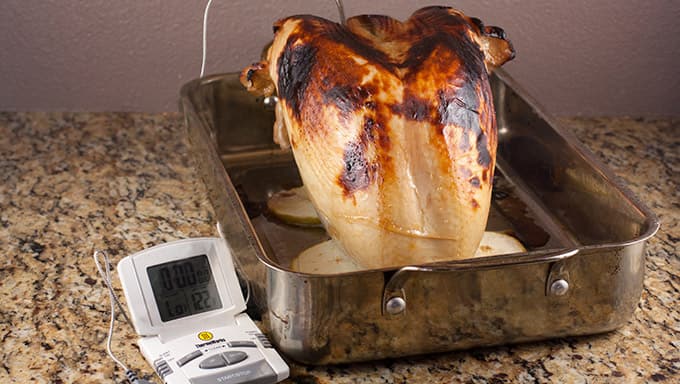
For poultry like chicken and turkey, there isn’t much room for debate. These items need to hit 165ºF in the thickest part. If you’re cooking a whole turkey or chicken, the dark meat will cook slower than the breast, so be sure to go by their temperature and not the breast meat temperature.
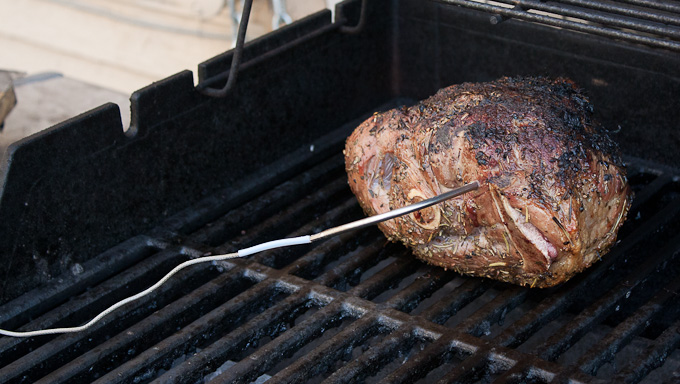
For red meats (beef, lamb, etc.) you have more leeway. For a medium-rare steak, the temperature should be around 140ºF, and you can go up 5-10 degrees for every degree of doneness you like. A medium steak would range in the 145-150ºF range.
For pork, there’s a wide range of temperatures. For lean cuts like pork loin, you want to be on the lower end of the temperatures so the meat doesn’t dry out. I always shoot for around 140-145ºF. Fattier cuts of pork, however (like a full pork butt) can and should cook until they hit 190-195ºF to make sure the fat melts away.
And guess what? Pork butts at 170ºF and 195ºF look and feel almost identical – so just use a thermometer!
Holiday Turkey Thermometer Tip
Here’s a quick tip for those holiday birds! Many turkeys will come with a pop-up thermometer in the turkey. These are a disaster! They are mostly set to go off way too hot – by the time the thermometer pops, the turkey is overcooked.
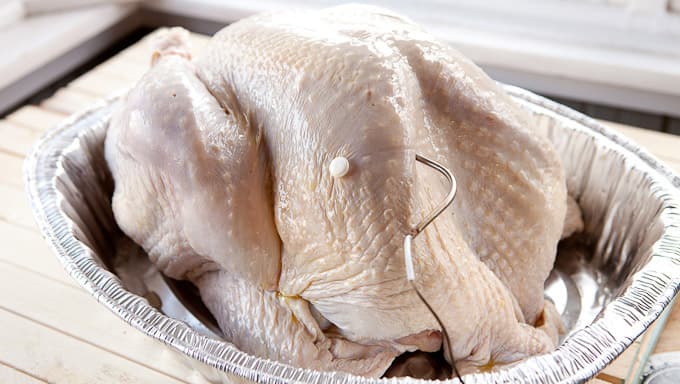
So don’t use the thermometer in the bird, but also, don’t remove it. It will leave a huge hole in the bird and you'll actually lose a huge amount of juice. So, leave it in, but use your own probe thermometer to get a more accurate reading.
Using a good meat thermometer is an easy way to keep the guesswork out of cooking. Knowing the temperature of your meat will reduce stress and make sure your efforts come out perfectly every time!
Nick thinks you shouldn’t use the poke method! Check out his blog, Macheesmo, and follow him on his Tablespoon profile.